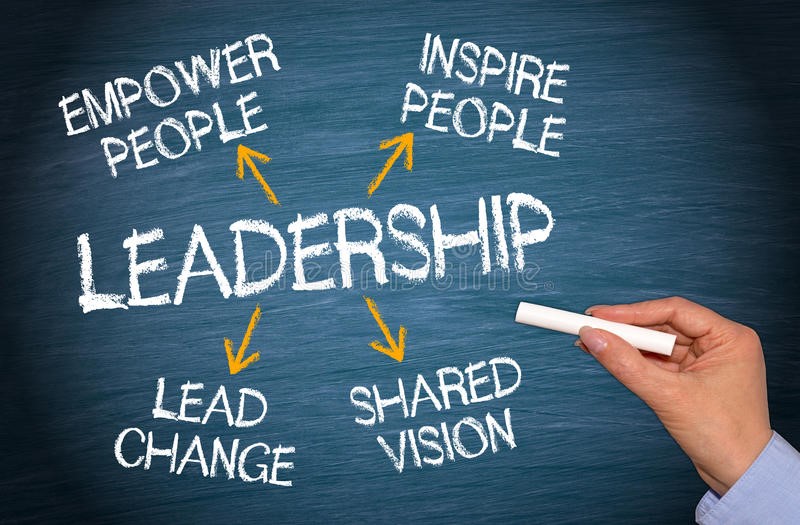By Carmel Silverosa, Develop People.
Creating an” agile” organisation is one of the main concerns of a number of clients I am currently talking to. These clients are clear that in order to thrive, and even survive in these challenging times, their organisations will need to continually change and transform the way they operate.
So, how can an organisation become “agile”?
More than any other factor, clients believe the key to achieving organisational agility is to focus on the abilities of those in leadership positions (in particular senior leaders) and to help them develop new mind-sets and capabilities in order to think, act and lead in a different way from the past.
The dictionary definition of “agile” is twofold: “to move quickly and easily to take action” and “have a quick mind to adapt to change” and these definitions would seem to suggest that being “agile” is primarily about a leader’s ability to think and act with speed.
But is there more to being an “agile” leader”?
Simon Hayward answers my question in his book “The Agile Leader” and describes how leaders need to be both “Enablers and Disruptors”, which he calls the “agile leadership paradox” – meaning leaders need a balance of two contrasting skillsets, for example, providing clarity and direction whilst at the same time shaking things up, which he believes is counter-intuitive to most approaches to leadership.
To help define and understand “agile leadership”, I reflected on Hayward’s work and have summarised my understanding of the two skillsets he identifies:
Enabler Characteristics
- They provide a vision and strategic direction to give a sense of purpose and align priorities across the business.
- They are authentic, open, transparent and driven by values that inspire trust, confidence and commitment from others.
- They believe in others and actively delegate decision-making, so it is as close to the customer as possible to create empowered teams.
- They collaborate across the organisation, encouraging teams to work together to achieve shared outcomes and break down silo’s.
- They encourage experimentation and create a safe environment in which to make mistakes and learn quickly from them.
Disruptor Characteristics:
- They continuously analyse data to identify market trends, seek new opportunities and embrace new ideas.
- They cut through bureaucracy and challenge the status quo to reimagine what the future could hold.
- They are optimistic and inspire people to be bold, take risks, push the boundaries and be innovative to drive business change.
- They show positivity and determination to achieve a breakthrough and great resilience to deal with any setbacks.
- They set the bar high for performance and expect continuous learning and development, so everyone is constantly evolving.
As a leader, Simon suggests asking yourself the following questions:
- How is change affecting your organisation?
- How agile is your own thinking/behaviour?
- Are you more of an Enabler or a Disruptor?
- How do you need to develop/change to achieve a balance?
Reference: The Agile Leader: How to Create an Agile Business in the Digital Age by Simon Hayward


